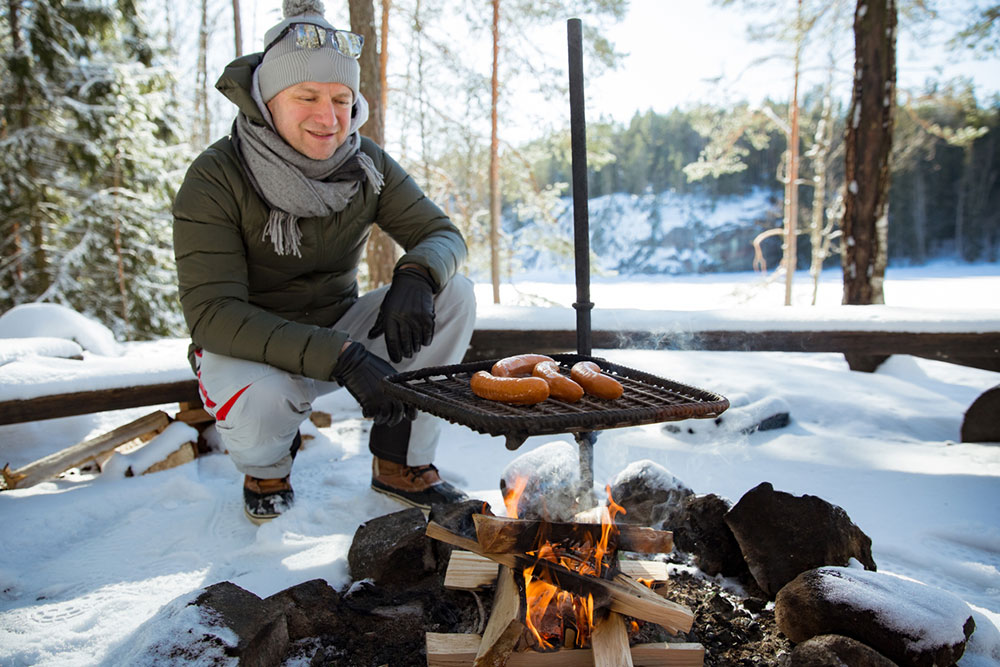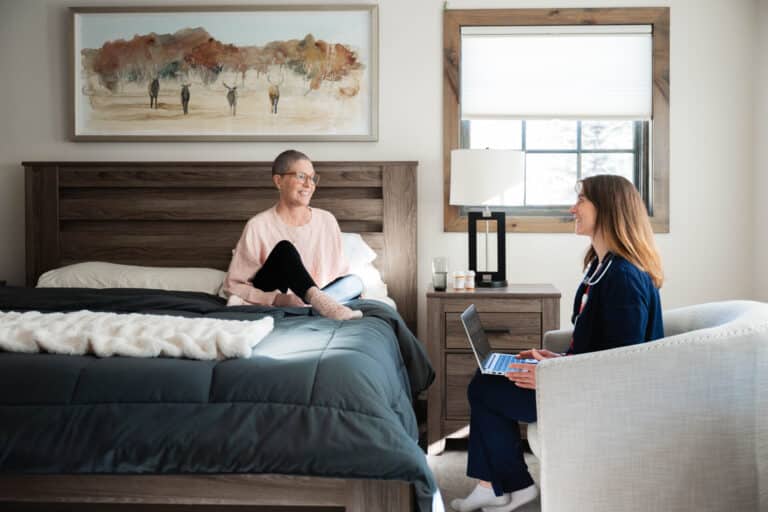Burn Prevention and Fire Safety: National Burn Awareness Week

Every year, hundreds of thousands of people suffer from burns. According to the American Burn Association, more than 450,000 people in the US seek medical treatment for burn injuries each year. While most of them are minor, approximately 40,000 of them require hospitalization.
National Burn Awareness Week, observed from February 5 to 11, 2023, provides individuals, families, and communities an opportunity to learn about fire safety and the steps they can take to prevent burn injuries.
Burns can occur in many different ways ranging from minor to life-threatening. Common causes of burns include contact with hot surfaces or liquids, electrical shock, chemical exposure, and fire. In addition, burns can cause long-term physical and emotional scars and loss of function and mobility.
Burn Safety at Home
Although wildfires and other large fires are more likely to dominate the news, there are many ways to be burned in your home. According to the American Burn Association, approximately 73% of people admitted to burn centers for treatment were injured at home. In addition, there are several common home burn injuries.
Scald Burns
Scald burns can happen to anyone and occur when hot liquids or steam touch the skin. Scalding usually happens when preparing or serving food or taking a hot bath or shower.
Cooking Burns
According to the National Fire Protection Association (NFPA), nearly 50% of all home fires are caused by cooking accidents, most of them involving a stovetop or gas grill.
Electrical Burns
Electrical burns happen when electricity comes into contact with your body. It can travel through your body, causing damage to your tissue and organs.
Fireplace and Wood Stove Safety
There’s nothing more relaxing than snuggling up next to a fireplace or wood-burning stove on a cold Colorado day or night. But as cozy as they make your home feel, they can also be extremely dangerous if the proper precautions aren’t taken. Performing simple safety practices and maintenance and following guidelines can help keep your fireplace or wood stove in good condition, ensuring your family and home stay safe.
- Fireplace Safety Tips
-
- Clear any debris from the fireplace and keep all flammable items like furniture, blankets, and papers a safe distance away at all times.
- Have a certified chimney specialist inspect and clean your chimney annually to reduce the risk of fire hazards and carbon monoxide buildup.
- Never burn charcoal or use lighter fluids to light the fire in your home, as they can cause deadly fumes and the potential for explosion.
- Avoid overloading — putting in more wood, paper, and other ignitable materials in the fire than necessary — which can overheat the walls or roof of your home.
- Educate children about the dangers of fire to deter their curiosity and encourage them to keep a safe distance from the fireplace.
- Always ensure the fire is entirely out in the fireplace before leaving your home or going to bed for the evening.
- Wood Stove Safety Tips
-
- Inspect the firebrick liner in your stove, if you have one, and replace it immediately if it shows signs of wear.
- Don’t use flammable or combustible liquid (e.g., gasoline, kerosene, or lighter fluid) to start a fire.
- Burn wood recommended by the manufacturer only.
- Don’t burn plastic, wood, or garbage that has been painted or treated with chemicals.
- Never close your damper with hot ashes in the fireplace.
- Take extra care when disposing of hot ashes — embers may remain hot for several days.
Treating Burns
Minor burns can often be treated at home. However, second and third-degree burns require immediate medical care.
Minor Burns
- Cool the burn
- Remove tight items
- Don’t break blisters
- Apply lotion
- Bandage the burn
- If needed, take a nonprescription pain reliever
When To Seek Emergency Care
Call 911 or seek immediate care when a burn:
- Is deep and affects all layers of the skin
- Causes the skin to be dry and leathery
- The skin appears charred or has patches of white, brown, or black
- Is larger than three inches in diameter
- Covers the hands, feet, face, groin, buttocks, or a major joint or encircles an arm or leg
- Includes smoke inhalation
- Begins swelling very quickly
In addition, electrical burns, including those caused by lightning and major chemical burns, need emergency medical care. A minor burn might also require emergency care if it affects the eyes, mouth, hands, or genital areas. Babies and older adults might need emergency care for minor burns as well.
Get Help for Burns
If you need immediate attention for a burn, visit one of Vail Health’s Urgent Care locations. For burns that don’t require immediate assistance, please see the Vail Health team of wound care specialists. They will treat you using the latest clinical research and advanced wound care products.
This article was reviewed by Suzanne Torris, MS, RN, FNP.


